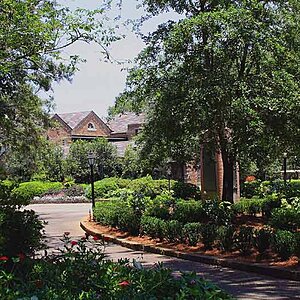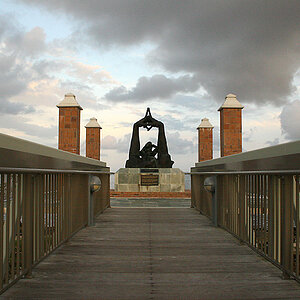iskoos
TPF Noob!
- Joined
- Nov 19, 2009
- Messages
- 187
- Reaction score
- 2
- Location
- Orlando, FL
- Can others edit my Photos
- Photos OK to edit
May I ask how they are called kit lenses? Or what makes the kit lens a kit lens?
It is true that Canon's EF-S 18-55 comes with almost all rebel cameras but it can also be pruchased separately in the box just like all the other EF-S lenses. And it does not say on 18-55 lens box that "Caution! This is a KIT lens" It is just like the other EF-S lenses...
So how do you guys distinguish the kit lenses from non kit lenses?
It is true that Canon's EF-S 18-55 comes with almost all rebel cameras but it can also be pruchased separately in the box just like all the other EF-S lenses. And it does not say on 18-55 lens box that "Caution! This is a KIT lens" It is just like the other EF-S lenses...
So how do you guys distinguish the kit lenses from non kit lenses?




![[No title]](/data/xfmg/thumbnail/31/31091-00a77a1c08cddcf7dc236d9317f868d2.jpg?1619734607)



![[No title]](/data/xfmg/thumbnail/36/36100-56ca0f8143ffca369fbf5f3dfe9cabd4.jpg?1619737343)

![[No title]](/data/xfmg/thumbnail/31/31090-4f0653c24dc61d2950c0fea87eb4d827.jpg?1619734606)
